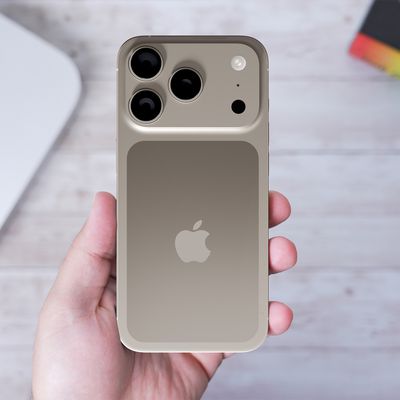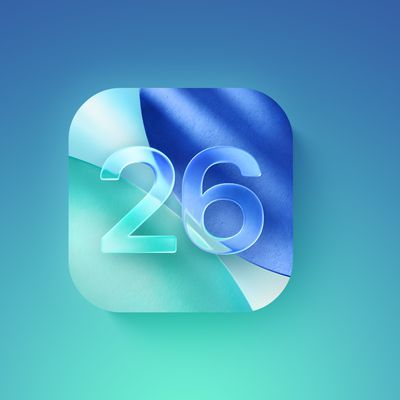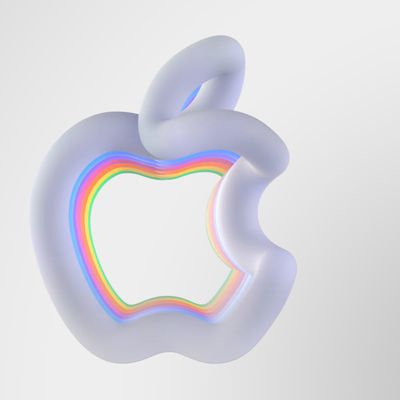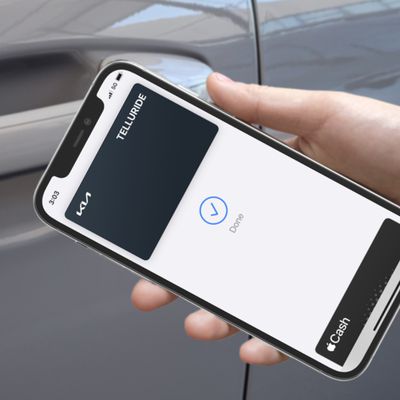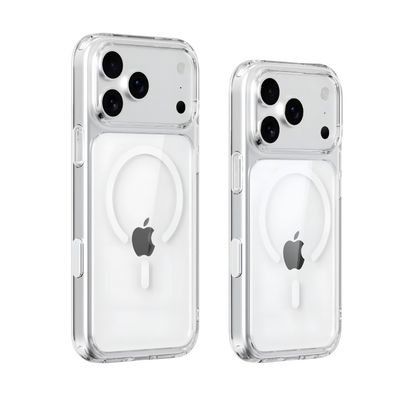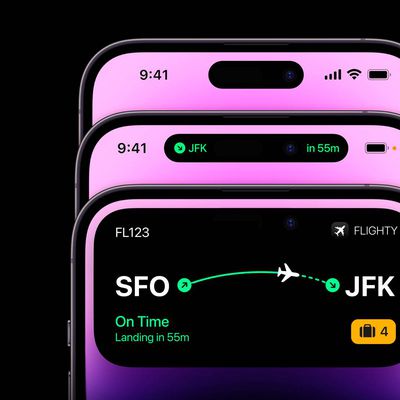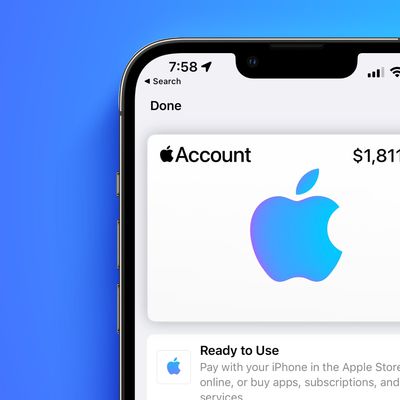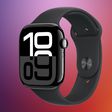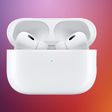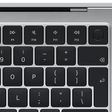In 2020, Apple unveiled the iPhone 12 as the successor to the popular iPhone 11, with a new squared-off industrial design, the A14 Bionic chip, an OLED display, and MagSafe. For the first time, Apple also unveiled a smaller version of the iPhone in the form of the iPhone 12 mini.
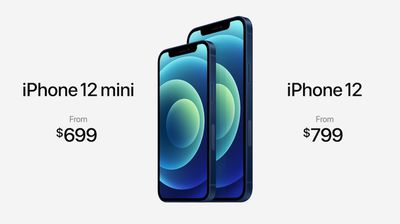
After years in which phone sizes have grown and after the popularity of the small-form iPhone SE, Apple finally answered the pleas of small-phone fans and offered the iPhone 12 mini. However, the iPhone 12 mini does have a few notable differences from its larger sibling. It also is $100 cheaper, starting at $599 instead of the iPhone 12's $699. Our guide helps to answer the question of how to decide which of these two iPhones is best for you and highlights what you are missing out on when you opt for the smaller model.
Comparing the iPhone 12 and the iPhone 12 mini
The iPhone 12 and iPhone 12 mini share virtually all of the same key features. Both phones have the same OLED Super Retina XDR display technology, A14 Bionic processor, 5G connectivity, dual and 12MP Ultra Wide and Wide cameras, and are available in the same colors. More interesting is where the two devices differ.
Differences
iPhone 12
- 6.1-inch OLED Super Retina XDR display with 2532-by-1170-pixel resolution at 460 ppi
- Less prominent notch due to larger display size
- Battery life with up to 17 hours of video playback
- Weight of 164 grams
iPhone 12 mini
- 5.4-inch OLED Super Retina XDR display with 2340-by-1080-pixel resolution at 476 ppi
- More prominent notch due to smaller display size
- Battery life with up to 15 hours of video playback
- Weight of 135 grams
Read on for a closer look at each of these aspects, and see where exactly the iPhone 12 mini contrasts.
Display Size
The most noticeable difference between the iPhone 12 and iPhone 12 mini is the display size. The iPhone 12 has a size of 6.1 inches, and the 12 mini has a size of 5.4 inches. This means that the larger phone will be able to display more content, with the UI elements of apps spaced further apart, and items such as the keyboard will be much bigger. The smaller phone, however, will be much more pocketable and easy to use with one hand.

The displays themselves use the exact same technologies and have the same features, but the main reason to prefer the iPhone 12 mini will be because of its better fit in the hand and easier one-handed use.
As the notch at the top of the screen that contains the front-facing TrueDepth camera array is the same across the iPhone 12 lineup regardless of screen size, the notch is at its most intrusive and noticeable on the iPhone 12 mini. The notch is much closer to the sides of the device than on larger iPhones. Those who dislike the notch may therefore prefer the larger iPhone 12 as it is slightly less prominent on a 6.1-inch screen.
Dimensions and Weight
As a smaller phone, the iPhone 12 mini obviously has a lesser height and width than the iPhone 12. The iPhone 12 mini is 15.2mm shorter and 7.3mm narrower than the iPhone 12. However, both phones are of the same 7.4mm thickness. The iPhone 12 mini is also 29 grams (1.02 ounces) lighter than its larger counterpart, at just 135 grams (4.76 ounces) in total.
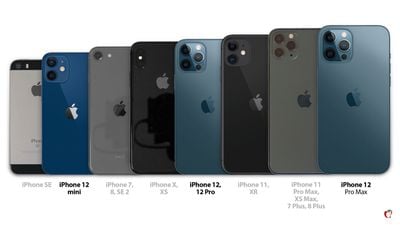
Battery Life
One of the most important differences between these two iPhones is battery life. The iPhone 12 can deliver up to 17 hours of video playback, according to Apple. However, since the iPhone 12 mini is much smaller, it can likewise only accommodate a smaller battery. This means that the iPhone 12 mini only delivers up to 15 hours of video playback. Real-world battery life for both devices is likely to be lower than Apple's estimates, as mixed usage tends to be a bit heavier than pure video playback.
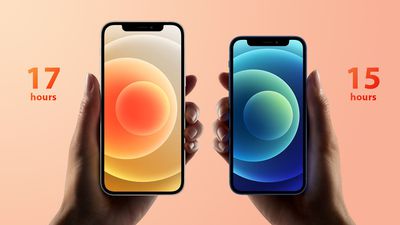
If battery life is a priority for you, the iPhone 12 mini may not be the best choice as it is undoubtedly the weakest point of the phone. If you choose to get the iPhone 12 mini, expect to be having to charge it far more often than on a larger device. The larger battery in the iPhone 12 has a higher capacity and therefore can offer a longer battery life.
Final Thoughts
Screen size is ultimately a matter of personal preference, and Apple offers the iPhone 12 and iPhone 13 lineups in three different sizes to meet all users' needs. Since the iPhone 12 and iPhone 12 mini share features, and only differ when it comes to the practical side effects of having a smaller device, it comes down to individual taste.
The iPhone 12 mini seems to be designed for fans of small phones, and doesn't sacrifice any features when compared to the full-size iPhone 12. For many customers, buying the iPhone 12 mini will simply be whether form factor is more important than the slightly shorter battery life.


